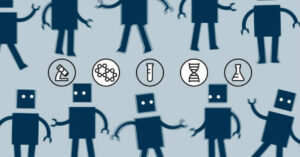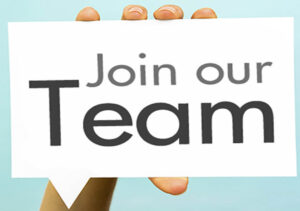
#WorkTrends Preview: Employee Engagement
Employee Engagement. This is a workplace topic that is steady and strong, but why do so many brands fail at this all important relationship? Research

Employee Engagement. This is a workplace topic that is steady and strong, but why do so many brands fail at this all important relationship? Research

People lie. It’s an ugly fact of life. Lying in the workplace can be detrimental to morale among other things. Often times people lie in

Liar, liar pants on fire. Well, not exactly, but often times people do lie and in ways that make if very difficult for others to

Marketing expert Mark Schaefer joined #WorkTrends this week to discuss what people need to know to build and unleash a personal brand.

Ryan Kellogg joins #WorkTrends this week to how to position your company to gain a competitive edge and win the war for talent.

Building a personal brand in the digital age can be a mystery to many people and companies. We all want what we want and we

According to this week’s guest, one of the most sought-after leadership coaches in the world, Lolly Daskal, being successful as a leader takes persistence and

According to this week’s guest, one of the most sought-after leadership coaches in the world, Lolly Daskal, being successful as a leader takes persistence and

As more baby boomers retire, the workforce is opening wider to accept the next generation of leadership… the millennials. It’s predicted that millennials will be

As more baby boomers retire, the workforce is opening wider to accept the next generation of leadership… the millennials. It’s predicted that millennials will be

Without a doubt, employee turnover is costly mistake and one that most companies can avoid with minimal effort, yet so many brands fail in this

During this week’s TalentCulture’s #WorkTrends event, we’re going to be discussing an important topic and one that we touch upon often given its impact on

Without a doubt, we are living in one of the most pivotal moments in history. Our current presidential administration is making lots of changes that

Without a doubt our current presidential administration is an interesting one. There are lots of changes taking place and as we speculate, many more will

Talent acquisition is a key part of HR that needs to be aligned with overall business goals to achieve success. HR needs to be in

Simply, effective talent acquisition relies on HR functions that align with the overall business strategy, which means that not only should HR have a seat

In today’s very competitive hiring environment, brands need to have a solid strategy for talent acquisition with forethought to the retention of desired talent. Speed

In today’s very competitive hiring environment, brands need to have a solid strategy for talent acquisition with forethought to the retention of desired talent. Speed

Workplace assessments can accurately measure total human potential, enhance overall productivity, reduce attrition, and reduce overall hiring costs significantly… yet not all companies are using

Workplace assessments can accurately measure total human potential, enhance overall productivity, reduce attrition, and reduce overall hiring costs significantly… yet not all companies are using

Imagine your consumer brand and employer brand as concentric circles. In the very center you’ll find an overlap of similar traits. So why do companies

Imagine your consumer brand and employer brand as concentric circles. In the very center you’ll find an overlap of similar traits. So why do companies
We let the dogs…in on this week’s #WorkTrends as we took a look at the benefits of pet-friendly offices. According to researchers at the Virginia
This week’s show is going to the dogs… specifically to dogs in the workplace. According to researchers at the Virginia Commonwealth University School of Business,
Success in business does not happen alone. Most successful people will tell you that mentorship has played a big part in their journey to the